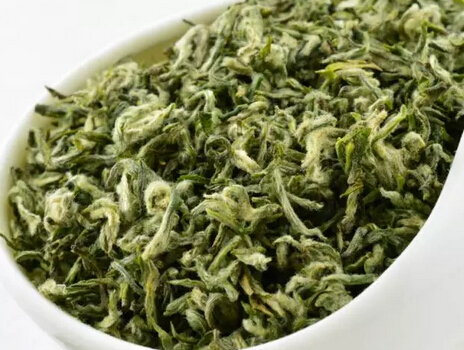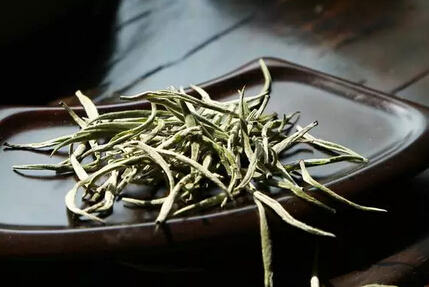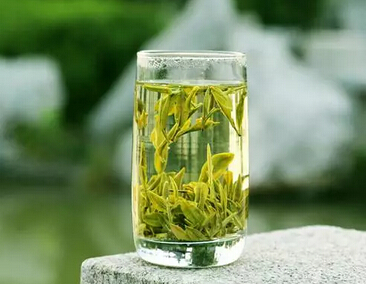Why do tea leaves have so much fuzz? Is the fuzz good or bad? Let’s explore this today.
In fact, this fuzz comes from the tender buds of the tea tree and is also called tea fuzz. Tea fuzz mainly grows on the lower epidermis of young buds and leaves, containing rich quality components such as tea polyphenols, amino acids, and caffeine, which have an important impact on the formation of the flavor and quality of dry tea.

Biluochun
Therefore, tender buds with more fuzz often produce teas with a distinct fuzz aroma. Tea fuzz not only reflects the characteristics of the tea variety but also plays a significant role in the appearance of the tea, while enhancing the quality of the tea soup.

Junshan Yinzhen
Tea buds with more fuzz are a sign of tenderness and high quality, and the amount and visibility of tea fuzz are also key factors in evaluating the quality of tea.
When tea fuzz dissolves into the tea soup, it enhances the aroma and taste due to its rich content of amino acids and other effective components. A certain amount of tea fuzz can make the tea soup taste fresher.
For example, the rich, mellow taste and clear, high fragrance of premium teas like Biluochun and Junshan Yinzhen are partly due to their tender leaves, rich content, and abundant fuzz.

Huangshan Maofeng
Of course, tea with too much fuzz may produce a slightly cloudy tea soup when brewed, which can lead to misconceptions about its quality. How can you tell the difference?
Generally, tea with more fuzz will appear slightly cloudy in the first two or three brews but will clear up afterward. In contrast, lower-quality tea will remain cloudy. By brewing it two or three times, you can easily distinguish between the two.